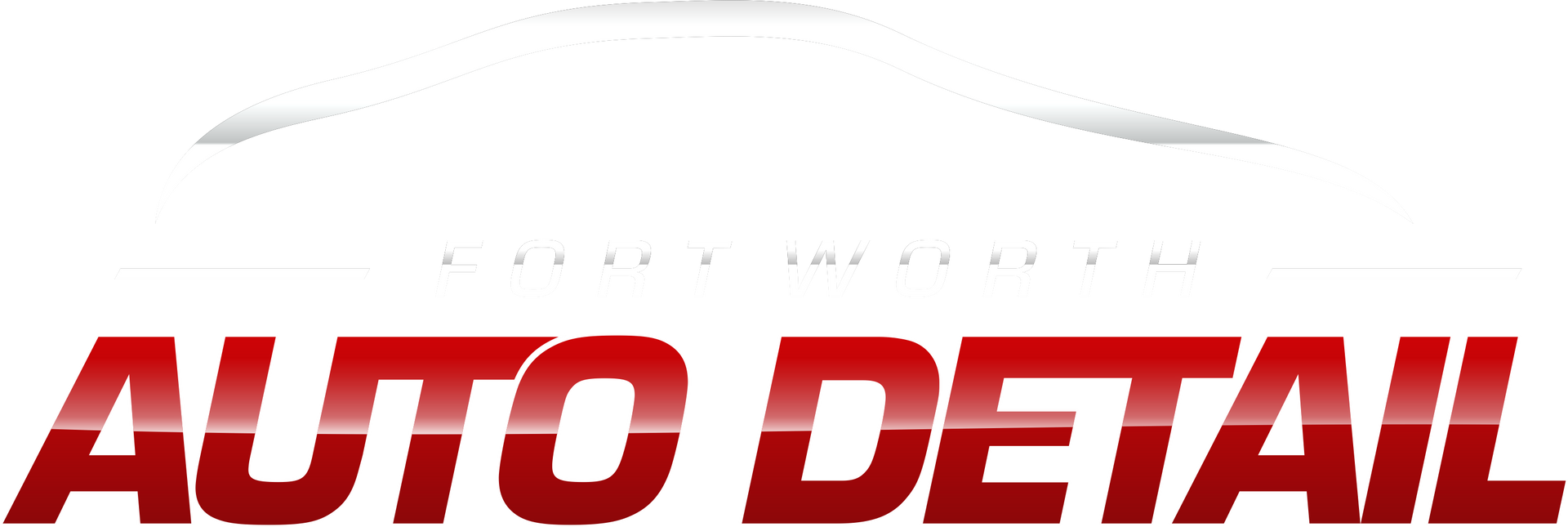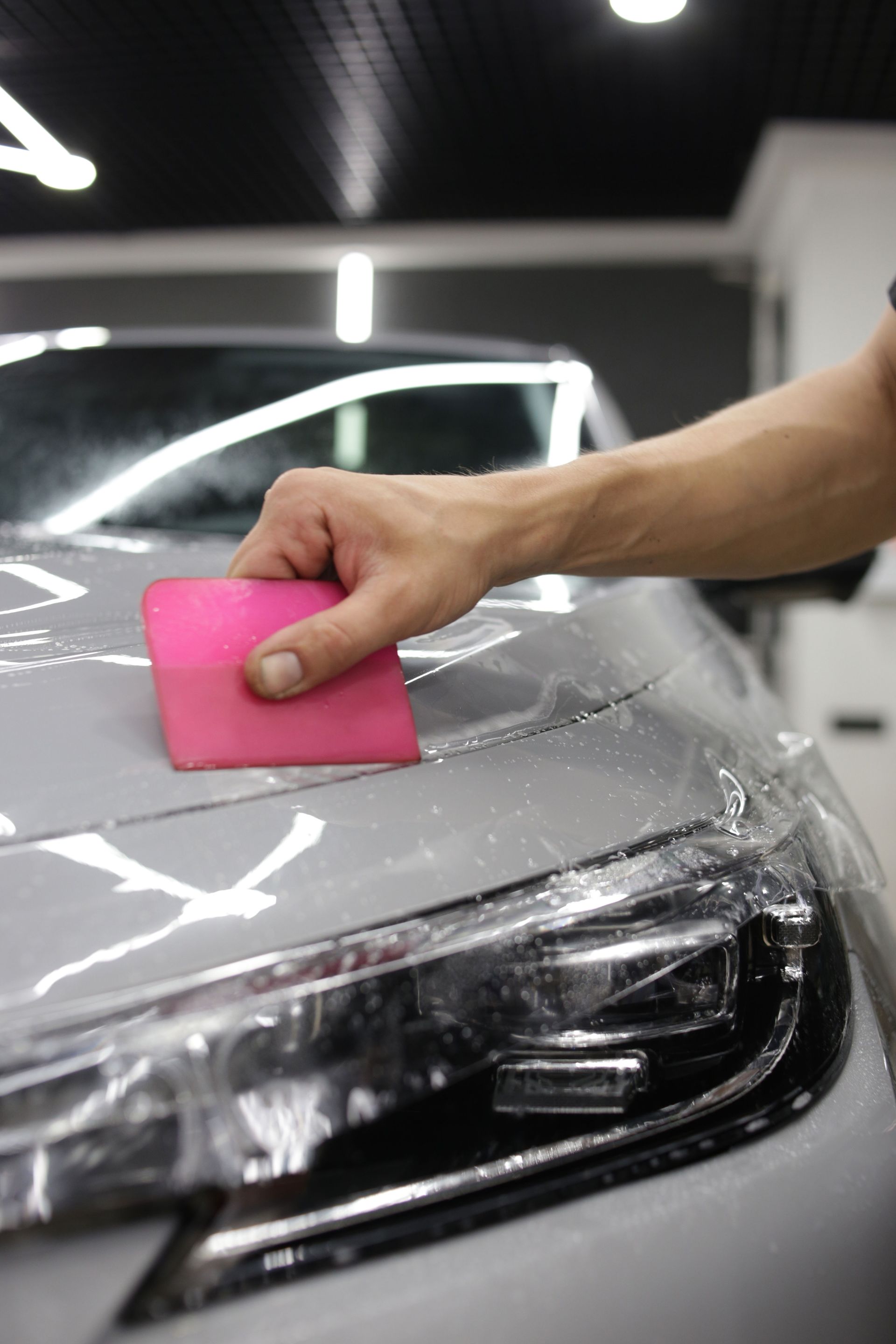Ceramic Coating vs. Waxing: Which One is Better for Your Car?
When it comes to protecting and maintaining the appearance of your car’s paint, you have a few options to choose from. Two of the most popular choices are ceramic coating and waxing. Both of these methods can provide similar benefits, but there are also some significant differences between the two. In this article, we will compare ceramic coating and waxing to help you determine which one is the better option for your car.
Ceramic coating, also known as nano-coating, is a liquid polymer that forms a hard, durable layer on the surface of your car when cured. If you want to learn more about the science behind this technology be sure to also check out our article here. This layer provides protection against scratches, stains, and other types of damage. Now it should be noted that ceramic coatings are scratch resistant not scratch proof. You can check out the lighter test here to see a coated vehicle literally take a beating from a lighter and it does not leave a mark on the paint. We certainly do not recommend that you do this, but you can if your heart so desires. Ceramic coatings also have hydrophobic properties, which means they repel water and can help to prevent water spots and stains on the car’s paint. Again, please note that water spots are still possible on a ceramic coated vehicle they just are less frequent. Additionally, ceramic coatings can also provide UV protection and can improve the appearance of the car.
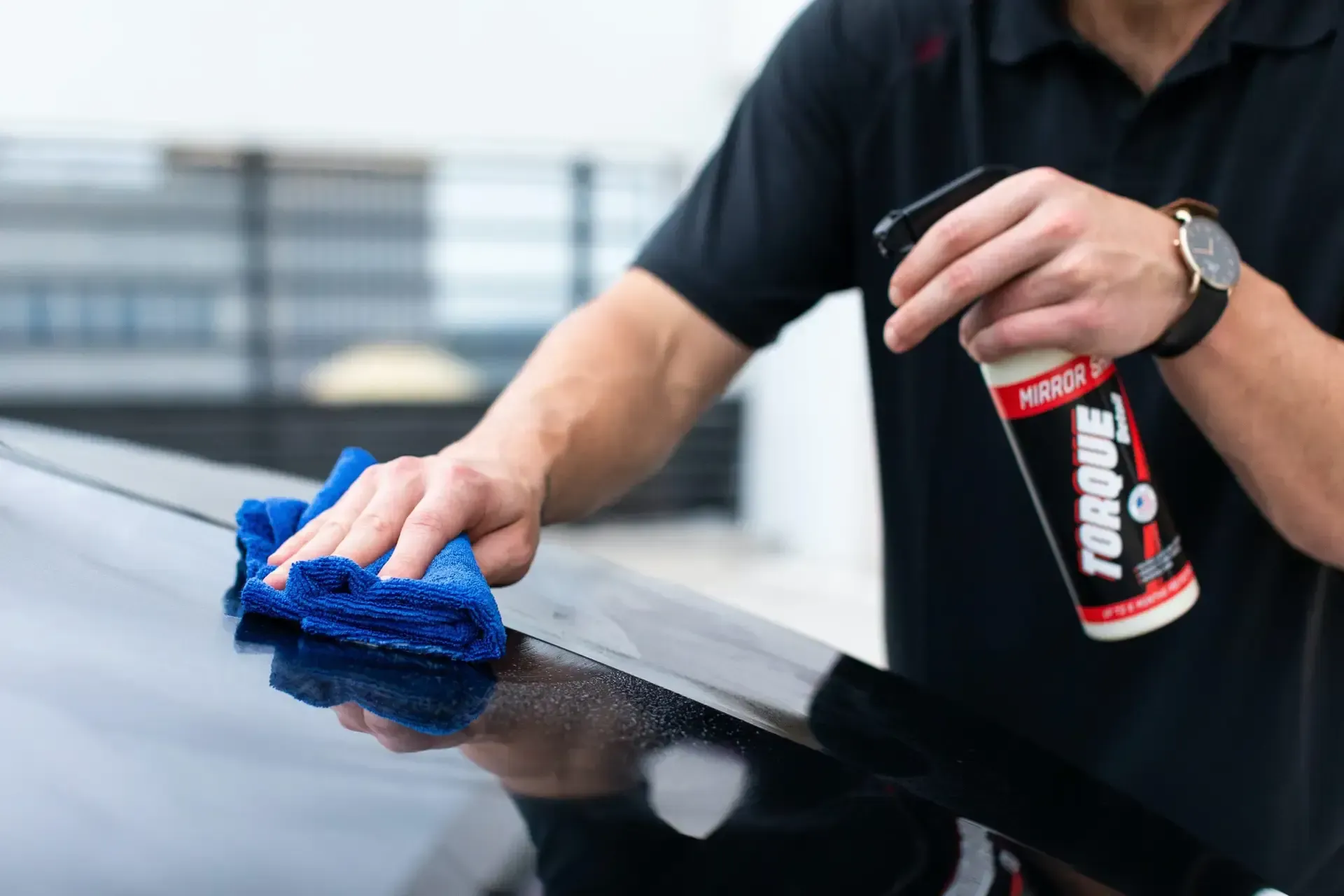
Waxing, on the other hand, is a process of applying a wax product to the surface of your car to provide protection and shine. The wax creates a barrier that protects the car’s paint from UV damage and also enhances the car’s shine. Waxing can also be used to hide light scratches and swirl marks on the car’s paint. This is because of the filling capabilities of certain waxes. When your vehicle has scratches and swirls in the clear coat you can think of those scratches as tiny little divots.

Now typically if you are going to apply a ceramic coating to your vehicle, you would do paint correction prior in order to remove as many scratches and swirls as possible. With wax however instead of removing them, you can fill in the divot. So they are not gone but the surface presents as one flat mirror like surface. Now the difference is once that wax wears off, the scratches and swirls will inevitably return because you have not removed them. Whereas with proper paint correction and ceramic coating you are eliminating them rather than filling them.
When it comes to durability, ceramic coating is the clear winner. A ceramic coating can last up to a decade, while a wax typically lasts only a few months. Ceramic coatings also provide better protection against scratches and stains, and they’re also more resistant to fading and discoloration caused by UV rays. Additionally, ceramic coatings are more hydrophobic than wax, which means they’ll repel water and make it easier to clean your car. This can actually be demonstrated objectively not purely visually. When water makes contact with the hydrophobic surface we can measure the water contact angle, that is the angle at which the water beads up on the surface. Most of your waxes have a water contact angle of around 80 to 100 degrees whereas most ceramic coatings have a water contact angle of around 150 degrees or greater.
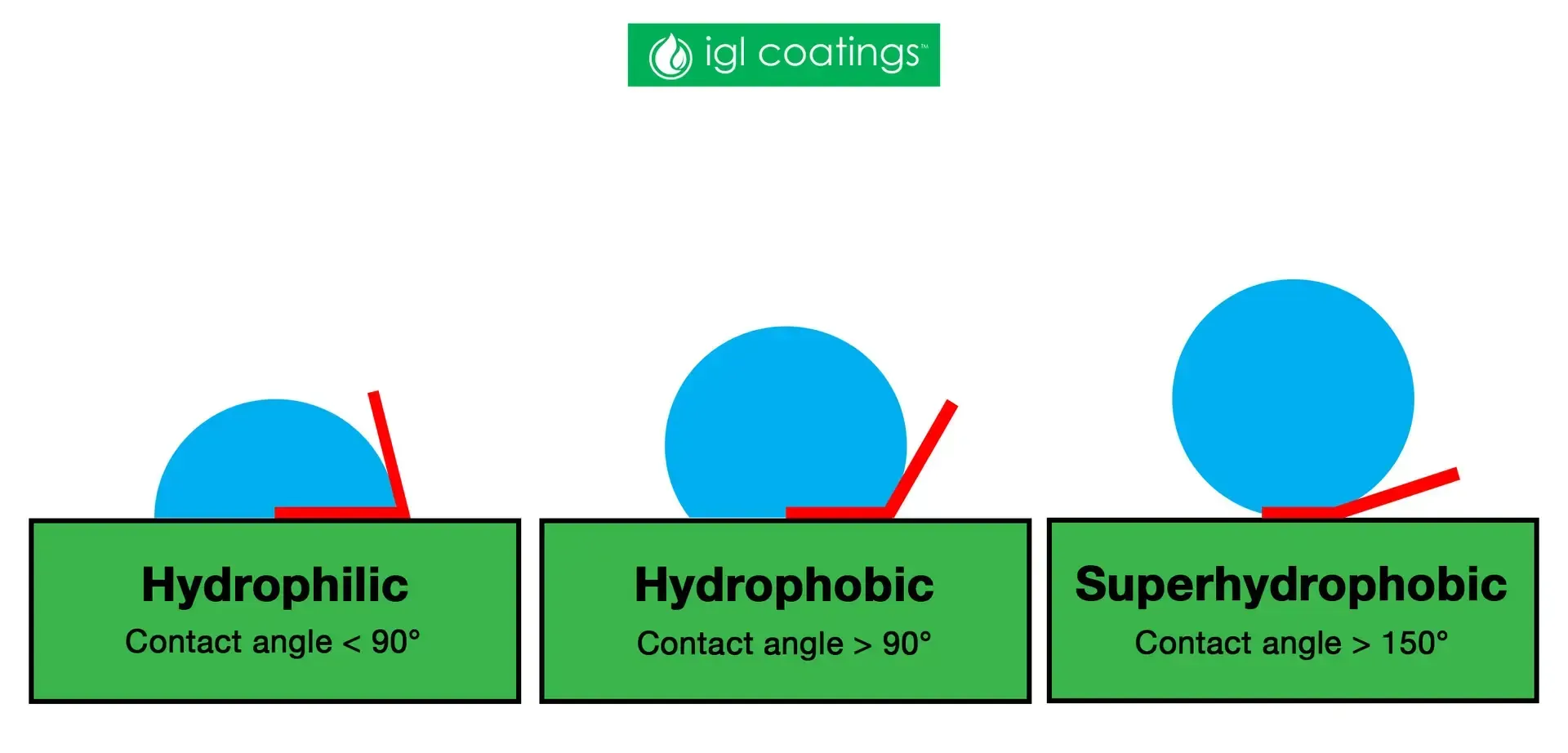
However, waxing is generally cheaper than ceramic coating and it can be done by the car owner at home. Ceramic coating, on the other hand, is typically applied by a professional and the cost can be higher. There are retail grade ceramic coatings that can be applied at home. The most important step to successful application of a DIY ceramic coating is the prep work prior to the installation of the coating. We highly recommend contacting us or your local trusted detailer if you have questions about how to properly prep a vehicle to get ready for the application of a ceramic coating.
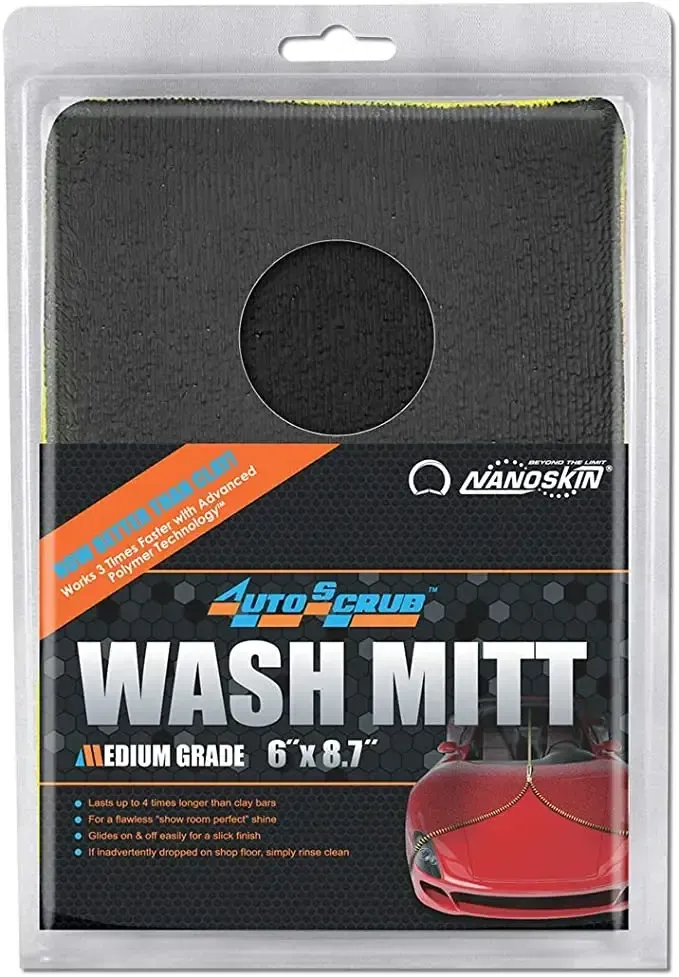
Essentially your vehicle needs to go through a decontamination process prior to the installation of your ceramic coating. Even if you are purchasing a new vehicle, it is still highly recommended you decontaminate your vehicle prior to application. The two main steps that go into a decon process are chemical and mechanical decontamination. Chemically you want to remove any iron contaminants that may be embedded in your vehicle’s clearcoat. The main source of iron comes from your vehicle’s brakes. So if you drive any sort of vehicle with large brakes this is a crucial step for you. Although industrial fallout is another large contributor to iron contamination in a vehicle. So if you live or work around or close to a railroad, a large factory, or really any industrial area you will need to be sure and do this step. The mechanical decontamination process will remove stubborn bug guts, sap, tar, and essentially anything that is unable to be removed during the wash process. If both of these are not done properly then the containments will fight against your ceramic coating and the coating will be unable to bond properly to your vehicle’s clearcoat.
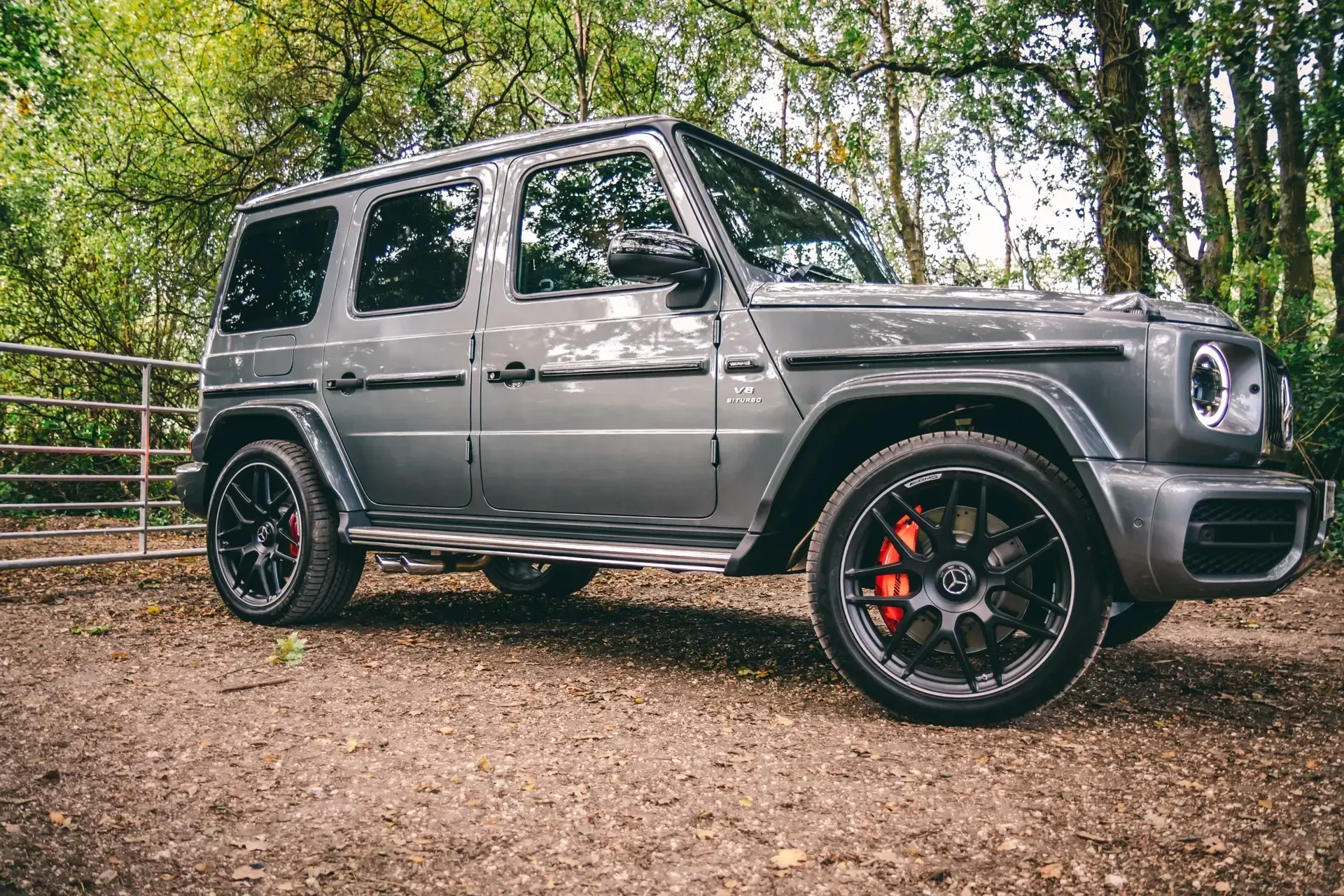
Additionally, waxing is a more frequent process and it needs to be done every few months, whereas ceramic coating lasts for years and years. You always want some form of protection on your vehicle. Waxing you need to stay on top of and constantly refresh your vehicle whereas ceramic coatings are more of the set it and forget it type.

In conclusion, both ceramic coating and waxing can provide benefits for your car’s paint, but they have different durability, cost, and ease of use. Ceramic coating provides better protection against scratches, stains, and UV rays, but it is a more expensive and complex process. Waxing, on the other hand, is cheaper and easy to do, but it needs to be done more frequently and the protection is not as long-lasting. Ultimately, the choice between ceramic coating and waxing will depend on your budget, personal preferences, and how often you are willing to maintain your car.
We at Fort Worth Auto Detail offer both options. Of course we will typically lean toward ceramic coatings since they are the superior protection and we have the certifications and experience on hundreds and hundreds of vehicles to make sure your application is perfect however every case is unique. If you are getting ready to trade in your vehicle, you probably do not want to coat that vehicle. We recommend waxing it so you get maximum for your trade in value, but properly not coat it. Then your new vehicle we would highly recommend you put a ceramic coating on that one in order to keep it protected and in like new condition. Give us a call or stop by for a consultation and we can develop a specific plan that best suits you.
